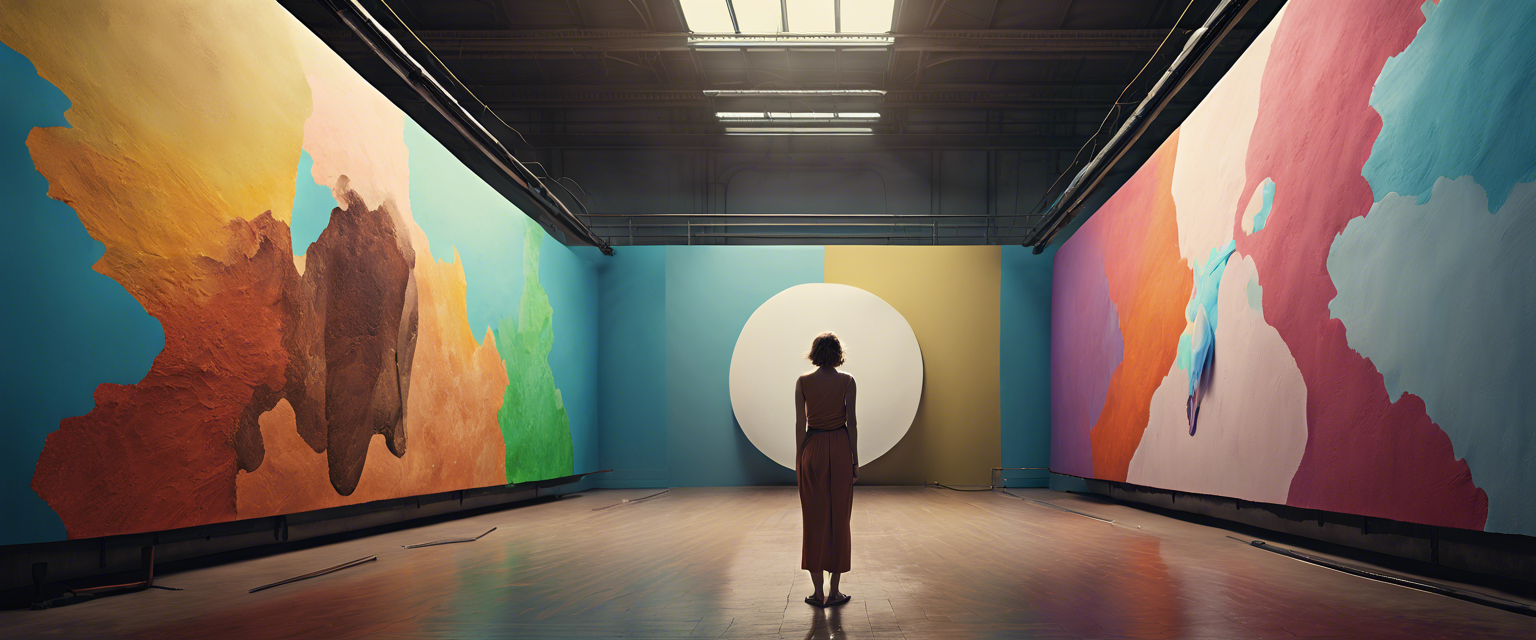Introduction
In this tutorial, we will build a web application that generates images based on text prompts using Stable Diffusion, a deep learning text-to-image model. We'll utilize Next.js for the frontend and backend, and deploy the application on Vercel.
Table of Contents
- Introduction
- Prerequisites
- Setting up the Next.js Project
- Installing Tailwind CSS
- Creating the Image Generation Form
- Creating the API Route for Stable Diffusion
- Deploying the Application on Vercel
- Conclusion
Introduction
Stable Diffusion is a powerful text-to-image model that can generate highly detailed images based on textual descriptions. This tutorial will guide you through the process of building a web application that allows users to input a text prompt and generate an image using Stable Diffusion. This application serves as a fantastic foundation for further experimentation and development of creative tools utilizing various Stable Diffusion models.
Prerequisites
Before we dive in, ensure that the following tools are installed on your machine:
- Node.js - For running the application
- npm - For managing packages
Additionally, you should sign up for a Vercel account if you don't have one.
Setting up the Next.js Project
First, we'll create a new Next.js project configured with TypeScript and ESLint. Use the following command:
npx create-next-app@latest my-project --typescript --eslintThis command initializes a new Next.js project in a directory called my-project.
Installing Tailwind CSS
Next, let’s add Tailwind CSS to style our application. Here’s how:
- Install Tailwind CSS and its peer dependencies:
npm install -D tailwindcss postcss autoprefixer - Configure your template paths in tailwind.config.js:
- Add the Tailwind directives to your globals.css file:
- Run the development server to verify:
npm run devYour Next.js project is now set up with Tailwind CSS!
Creating the Image Generation Form
Now, let’s create a form for users to input their text prompts. Update your pages/index.tsx file with the following code:
{`const ImageForm = () => { /* form code here */ }`}This code creates a user-friendly form where text prompts can be submitted to generate images. A loading spinner displays while the image is being processed.
Creating the API Route for Stable Diffusion
Next, we’ll create an API route that handles image generation using Stable Diffusion. Create a new file called pages/api/stablediffusion.ts and add the following code:
export default async function handler(req, res) { /* API code here */ }Be sure to include your Replicate API token in a .env file to authenticate your requests.
Deploying the Application on Vercel
To deploy your application on Vercel:
- Install the Vercel CLI:
- Log in to your Vercel account through the CLI:
- Run the following command in your project directory to deploy:
npm i -g vercelvercel loginvercelFollow the prompts to link your project to an existing Vercel project or create a new one. Your application will be deployed to a unique URL, accessible via your web browser.
Conclusion
In this tutorial, we've successfully created a web application that generates images based on text prompts using Stable Diffusion. We utilized Next.js for development, styled with Tailwind CSS, and deployed our app on Vercel. You can now leverage this application to generate images and explore the capabilities of Stable Diffusion.
Additionally, we encourage you to join our special Stable Diffusion AI Hackathon! Over a period of seven days, participants will have a unique opportunity to collaborate and create a working prototype of an app using Vercel and Stable Diffusion. Engage with like-minded individuals and share your creativity!
Explore our AI app page to discover innovative AI applications built by our community members utilizing Stable Diffusion, ChatGPT, and many other cutting-edge technologies. Whether you seek inspiration or wish to improve existing solutions, don’t hesitate to reach out to our team and share your insights!
Join our vibrant community of creators and innovators, and together, let's shape the future with the power of AI!



댓글 남기기
모든 댓글은 게시 전 검토됩니다.
이 사이트는 hCaptcha에 의해 보호되며, hCaptcha의 개인 정보 보호 정책 과 서비스 약관 이 적용됩니다.